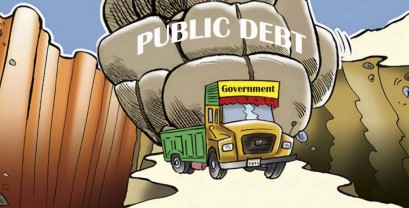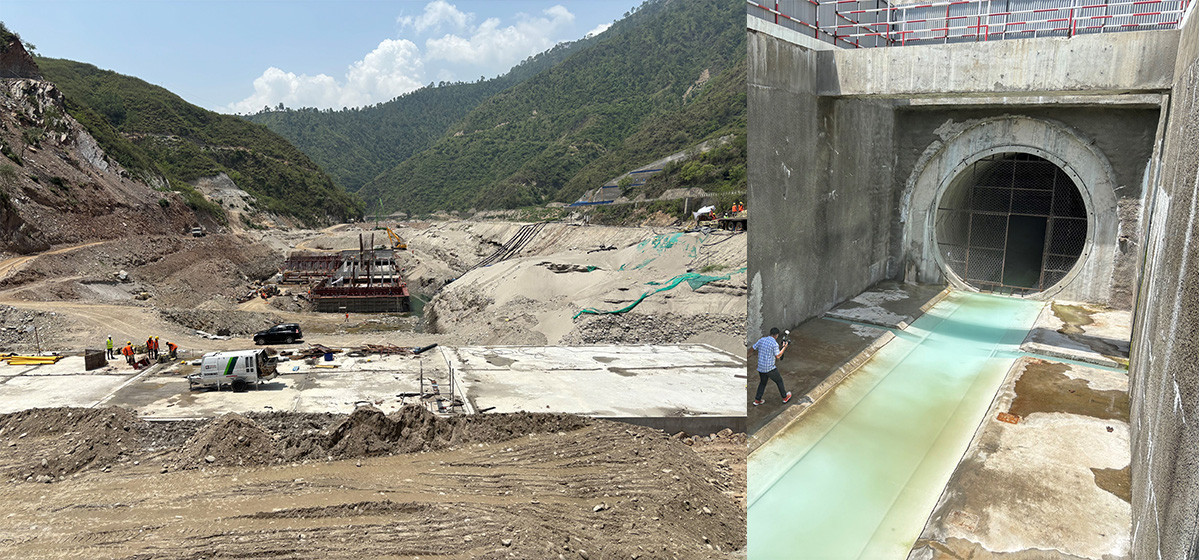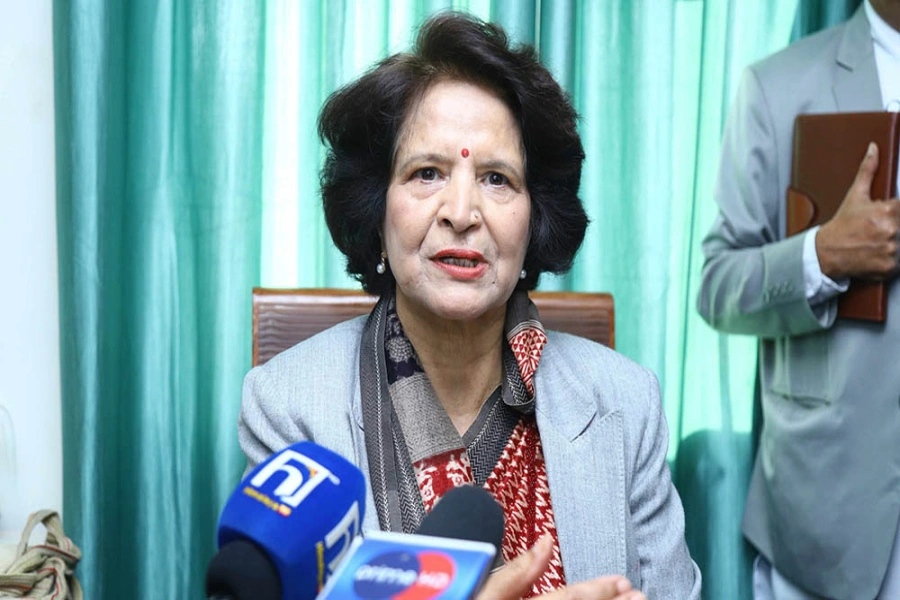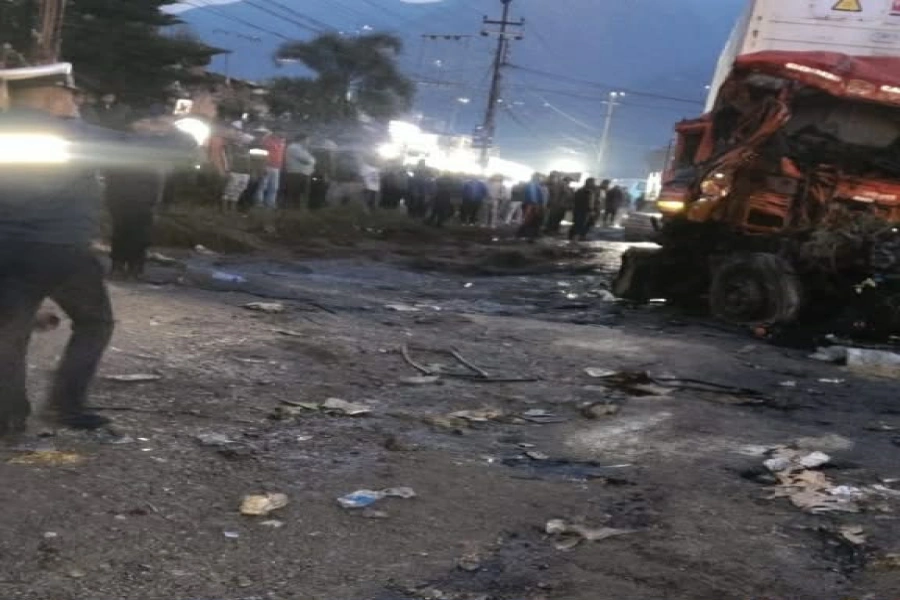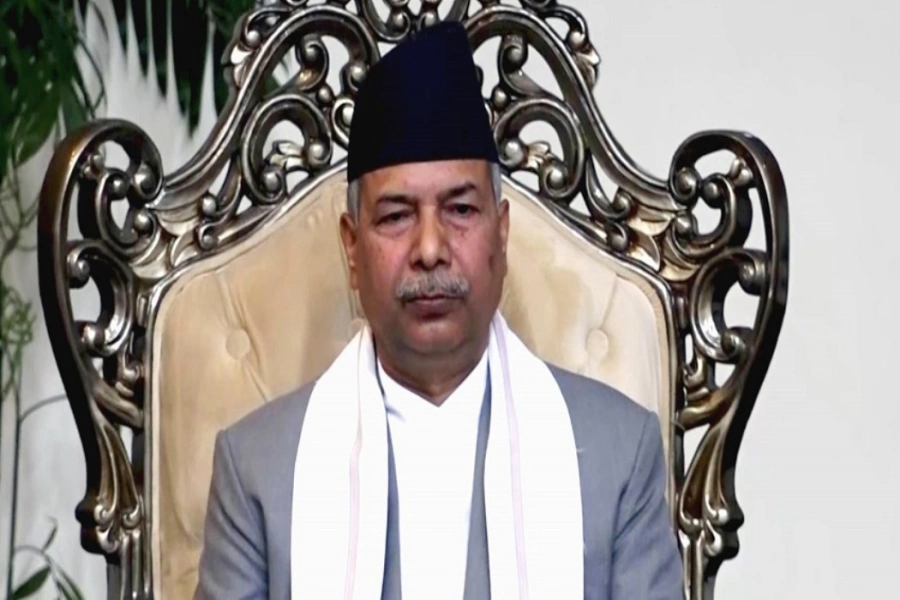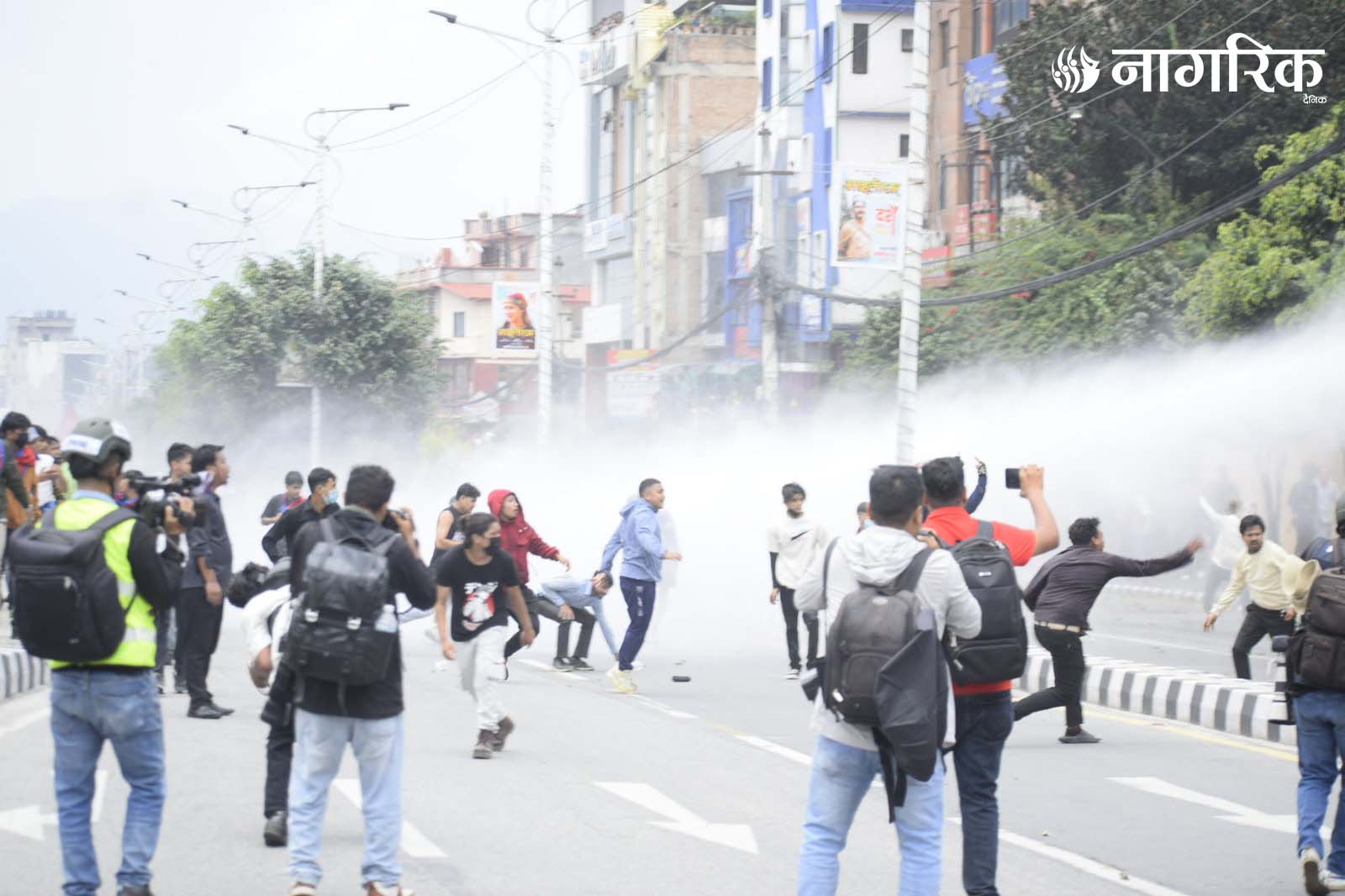KATHMANDU, Feb 8: The banks and financial institutions (BFIs) parked more than Rs 14.1 trillion at the Nepal Rastra Bank (NRB) in the first six months of the current fiscal year after the BFIs were overwhelmed with excess liquidity amid a slump in demand for loans.
The records with the NRB show that the central bank mopped up liquidity worth Rs 1.486 trillion through a bidding process collecting deposits from the BFIs. Likewise, the central bank received Rs 12.514 trillion under the Standing Deposit Facility (SDF) during mid-July and mid-January of FY 2024/25.
Ramu Paudel, spokesperson for the NRB, said the central bank absorbed the aforementioned amount to manage excess liquidity with the BFIs. According to him, the NRB in collaboration with the Ministry of Finance has planned to introduce a new mechanism to absorb excess liquidity in the country’s banking system.
Revised interest rate corridor system introduced
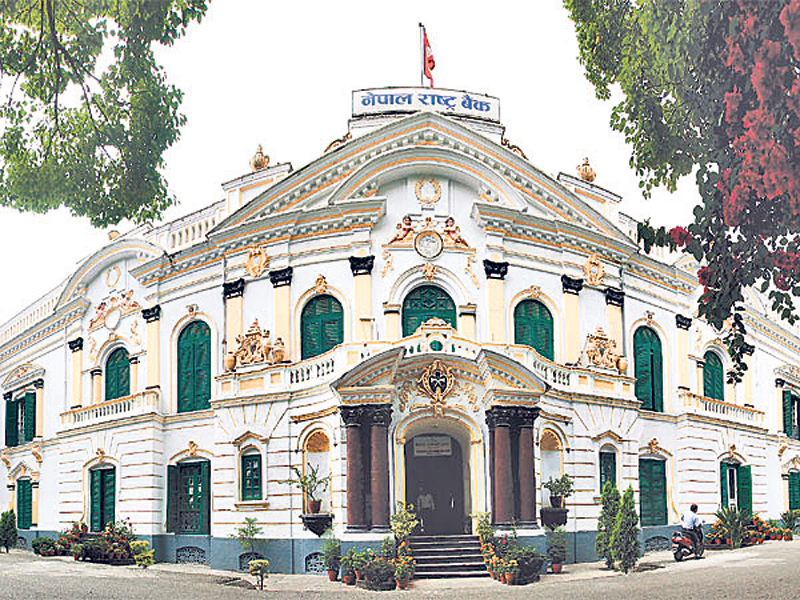
The NRB records show that the loanable funds with the BFIs surged more than double in the review period. As of Monday, the total lending of the BFIs was Rs 5.425 trillion, while the credit-deposit ratio stood at 79.41 percent.
The central bank plays a crucial role in regulating interest rates. When interest rates in the financial sector are low, the central bank tends to accept deposits through auctions. The NRB introduced SDF in last FY for effective implementation of liquidity management. The system enables the BFIs to deposit their excess liquidity at the central bank to earn a three percent interest rate.
According to the NRB, the mopping of the BFIs liquidity however was slowed in the second quarter of the current FY. During mid-October 2024 and mid-January 2025, the central bank collected Rs 1.270 trillion from the country’s banking system.
Former NRB Governor Dipendra Bahadur Chhetri said the central bank’s attempt to absorb excess liquidity with the BFIs will adversely affect the overall economic activities. “Instead of depositing their money at the central bank, the BFIs need to prioritise investing in small projects,” said Chhetri.
Along with having excessive liquidity, the BFIs have also been facing increasing non-banking assets with them due to soaring amounts of bad debts. According to the NRB, the BFIs’ non-banking assets reached Rs 38.26 billion, a 1.7 percent increase in the review period.
The non-banking assets are the fixed properties that are kept in collateral by the borrowers, which are taken to auction by banks in case the loans convert into bad debt. The increased non-banking assets show that banks are facing risks of asset management with an increasing amount of provisioning against bad debts.













